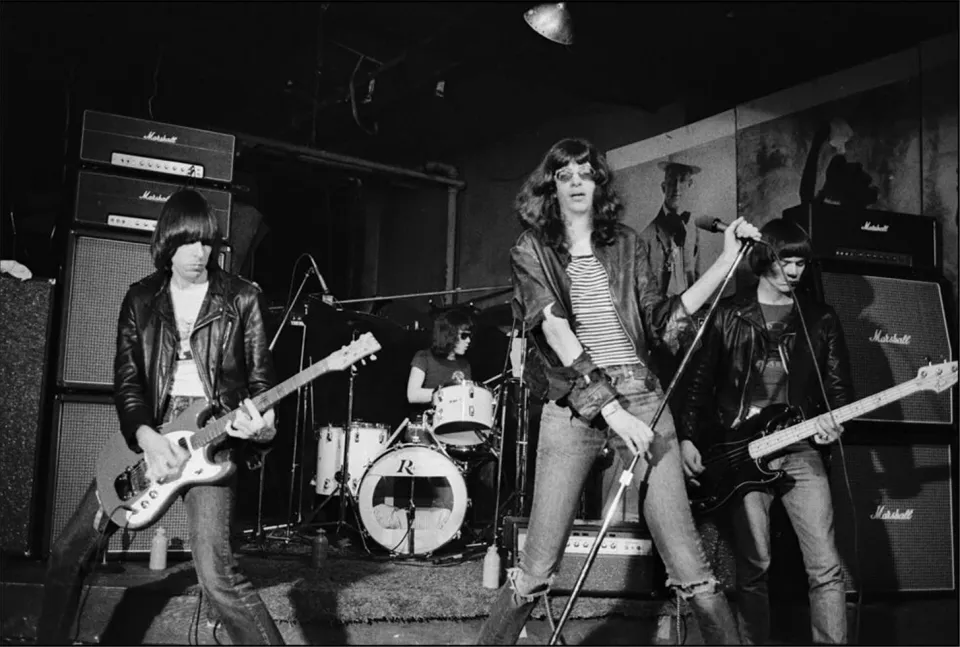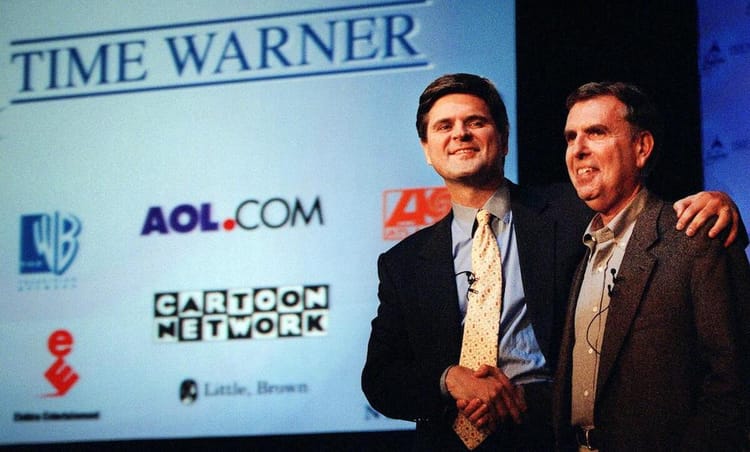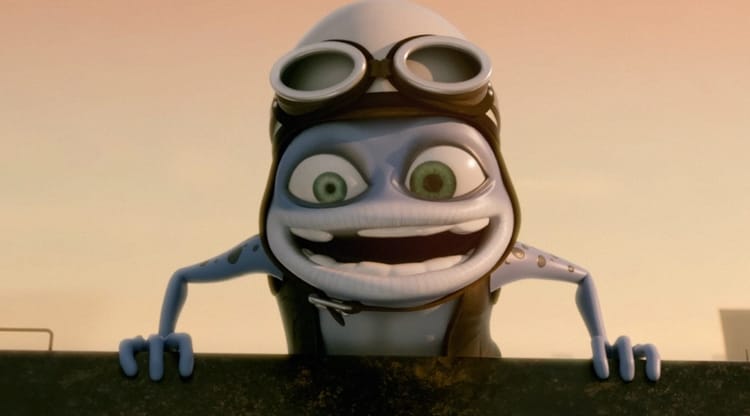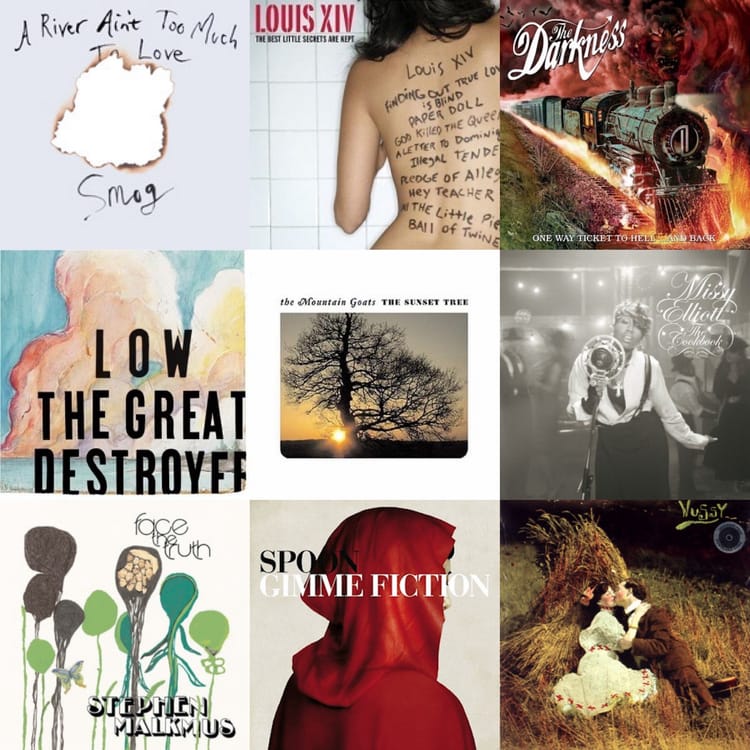The Ramones, pt. 1: Anthony's Album Guide

My handy dandy profoundly subjective numerical rating scheme is decoded here. Part 2 is here.
Ramones (1976) 10
Leave Home (1977) 8
Rocket To Russia (1977) 8
Road To Ruin (1978) 8
It’s Alive (1979) 7
End Of The Century (1980) 8
Pleasant Dreams (1981) 6
Subterranean Jungle (1983) 8
Too Tough To Die (1984) 5
Punk rock was invented by four twentysomething outcasts from Forest Hills, Queens. John Cummings was a hard rock-loving, hard-ass second-generation plumber. His buddy Doug Colvin was a miscreant army brat with a taste for jokes of unclear irony. Their lanky friend Jeff Hyman, burdened with everything from OCD to Marfan’s syndrome, had just been kicked out of the glam act Sniper, where he sang in a jumpsuit and platform boots as Jeff Starship. It was supposed to be Jeff on drums and Doug singing, but Doug couldn’t sing and play guitar at the same time, or even play guitar. Doug moved to bass, Jeff became the singer, John played guitar, and John’s friend Tommy had to drum, even though he really wanted to manage. Seems no one they auditioned for the seat understood what they were trying to do.
The Ramones, still figuring it out, in 1974.
Doug came up with the name Dee Dee Ramone, based on a Paul McCartney alias, and convinced the band to pretend they were brothers. Their taste for Detroit noise and early 60s radio had them combining long hair with leather jackets, blowing out amps with antisocial spins on bubblegum rock (“I Don’t Wanna Walk Around With You,” “Now I Wanna Sniff Some Glue”). Tommy, who had experience working at The Record Plant, knew some musical tricks. Jeff (now called “Joey”) and Dee Dee, along with friends like Arturo Vega, came up with songs and shtick that mixed comic inspiration - like Vega’s logo mocking the Presidential seal - and manchild naivete. Joey being 6’6” helped them stand out, too. John (now “Johnny”) had strong ideas about what was cool and not cool, his rigid, militaristic mindset inspiring Dee Dee to feed the band obvious Nazi jokes and subtler songs about turning tricks for dope.
The quartet wandered into the CBGBs scene, sharing an art-garage sensibility with Television, Blondie and Patti Smith. But those acts clearly aspired to the creative legacy of Jonathan Richman, The Velvet Underground and The New York Dolls - critical touchstones of what Robert Christgau called “semipopular music” in 1970. The Ramones’ unfinessed but enthusiastic embrace of shtick, speed and sacrilege didn’t suggest or encourage creative ambition, so much as adolescent hooliganism. Which made them the perfect band to help this “semipopular” scene go pop, or at least pop-culture.
The Ramones, mostly having figured it out, in 1975.
Despite my opening salvo, The Ramones didn’t “invent” punk so much as Ramones “is” punk. The album is such a distillation of the art-garage aesthetic that you can tell which bands heard it and which ones hadn’t. What I call art-garage is what a lot of people call “proto-punk,” and nobody calls the Ramones “proto-punk.” They’re punk! They’re unquestionably “loud fast rules,” duh-duh-duh-duh-duh-duh-duh-duh, shouted thug chants, et cetera. It didn’t come from nowhere, and you can find songs and scenes just as intense or aesthetically fitting of the term beforehand. I am aware of Go Girl Crazy by The Dictators. But with decades of hindsight, it’s clear Ramones is the album that established the template for the decades of duh-duh-duh-duh that followed. Everything in underground rock is either before or after Ramones.
That’s not why the album gets a 10 from me, though. Sure, cultural standing adds to the allure, but that number means “I wouldn’t change, or omit, a note.” While I love to point out “Blitzkrieg Bop” isn’t that transgressive an album opener three years after Sweet went Top 5 with “Ballroom Blitz,” it’s still wild a plausible Sweet rip has the line “shoot em in the back now” and no instrumental break. “Beat On The Brat” reaffirms their glib stance on violence, only for “Judy Is A Punk” and “I Wanna Be Your Boyfriend” to confirm women and Beach Boys background vocals are invited to the brawl. Then comes a literal chainsaw, a celebration of huffing glue (“All the kids want something to do! 1-2-3-4-5-6-7-8!”), and a joke about horror movies. All that in under 15 raucous minutes. For comparison, a quarter of Go Girl Crazy’s 16-minute Side A is a Sonny & Cher cover. And if you don’t know what that album’s next song is called, don’t ask.
Am I still raving about the first album? That's a 10 for ya!
Side B of Ramones opens by threatening a “Loudmouth” on a song that “has six major chords and is harmonically complex” (according to Wikipedia - with citation!). “Havana Affair” predicts that Shakira featuring Danzig video. They speed up to chastise themselves for romantic self-duplicity, then slow down to chastise themselves for not hustling effectively. Naturally, this is followed by a fast cover of Chris Montez, a faster song about not wanting to walk around with you, and an even faster song comparing romantic success to fascism. Unlike Elvis Costello, they seem happy about it. It’s possible Dee Dee plays something other than an eighth note on the album, but it’s the exception that proves the rule. Despite nearly 50 years of tribute and imitation, Ramones crackles with smarts and stupidity, shits and giggles, mind-numbing repetition and sudden, perverse shifts. I still don’t know what the fuck they were thinking.
It’s pretty easy to tell what the band was thinking on Leave Home: “more of the same, but with polish for radio.” There’s more echo and isolated hooks in the mix. The songs are more giggles about horror movies, more hiccups about girls, and a cover of “California Sun” despite the Dictators getting there first. The smartest thing they did was hijack a chant from Tod Browning’s Freaks, an early intimation of the potential for camaraderie in punk. The stupidest thing they did was name a brand of stain remover even better to huff than glue, the track quickly deleted and missing for almost 25 years. “Commando” makes clear their irreverent relationship with “the laws of Germany” (rhymed with “be nice to Mommy”). But so does having a Jewish singer, and the joke was already getting old.
The Ramones, as pop as they got, in 1977.
Rocket To Russia trades echo for amplitude, and would be the classic Ramones album if they hadn’t already made that. “Rockaway Beach” is their pop-rock peak, a Beach Boys tribute so solid the Beach Boys now cover it. “Sheena Is A Punk Rocker,” which already replaced the Carbona non-spon on Leave Home, confirmed “punk” had become an archetype kids could consciously take on. And, again, not just boys! “We’re A Happy Family” shows they know the sociopolitical cliches around teenage delinquency, but by opening Side B with “now I guess I gotta tell ‘em, I ain’t got no cerebellum” (followed by two euphoric Cali-rock covers), the Ramones make clear they’re not going to get po-faced about outcast anomie.
Tommy Ramone, sick of touring and already established as co-producer T. Erdelyi, gave the drum seat to Voidoid Marc Bell, who became Marky Ramone on Road To Ruin. That line-up change, the title, and their heaviest sound yet (courtesy of Erdelyi and Ed Stasium) confirm the Ramones had shifted from a New York to a national concern. “It’s a long way back to Germany” sighs Joey to a payphone on the album’s coda, everyone eager for radio and record buyers to give them a goddamn win already. “I Wanna Be Sedated” was certainly their most famous song by the ‘90s, thanks to a video tied to the Mania compilation and a prominent appearance on My So-Called Life. But at the time, nobody gave a shit. Ruin did even worse than Russia, and “Rockaway Beach” remained their biggest single, at #66 with a bullet.
You gotta have a prom ballad if you wanna be big!
The canonical opinion on The Ramones is that there’s the classic first four albums and then there’s everything else. This stance was bolstered by the 2-for-1 All The Stuff (And More) CDs and a dramatic drop in cool between Road To Ruin and End Of The Century. Personally, I see the three albums with Tommy on drums as the classic run, with Road To Ruin as the beginning of Mk 2. An under-appreciated Mk 2, to be clear. But Ruin’s hard rock moves and pop exercises (including a ‘60s cover you can’t hop to) strike me as the first sign of sweat, the band adjusting the formula out of commercial concern, rather than refining it. “Don’t Come Close,” with its chiming chorus hook and dubious attempt at a guitar solo, could be one of a hundred late ‘70s “new wave” bands auditioning for movie soundtracks. Where it would sound great, but still.
Ironically, there’s only four appearances of the band on the soundtrack to 1979’s Rock & Roll High School, a beloved Roger Corman-produced flop about a Ramones-crazy girl who gets the band to help her classmates riot (Corman hoped to cast Cheap Trick). Even without this awkward cinematic display of ambition vs reality, pop breakthrough was clearly eluding them. Fellow CBGBs vets Blondie had topped the charts. Patti Smith and Talking Heads had graced the top 40 and Television broke up. It was harder and harder for anyone over 18 to pretend the Ramones were at the forefront of anything.
Why no, Rock & Roll High School was not as big as Grease.
It’s Alive, released shortly before the movie, is a double-live artifact that would easily fit on one disc, despite having 28 songs. Though released in ’79, the album features a ’77 show with Tommy, underscoring my sense of where the “classic” era ends. The track listing is bulky and familiar enough that I don’t find it canonically crucial, but Alive gives a sense of how electrifying their live segues could be, and - thanks to the enthusiastic London crowd - they’d never sound more like The Next Big Thing. Finally, more than a year after Road To Ruin’s release, the band dropped End Of The Century, a collaboration with Phil Spector meant to prove the band’s commercial mettle and Spector’s gift for romantic, urban grandeur.
It didn’t. Spector’s overdubs atop Johnny’s power chords don’t recall the good ol’ days of “rock’n’roll radio” so much as the cartoonish retro of early ‘70s glam, Joey notably mentioning T. Rex along side John Lennon and Murray The K on the self-contradicting, but sax-boosted, and awfully catchy, nostalgia-bait opener. A “Baby, I Love You” cover went top 10 in the UK (look up Showaddywaddy for evidence of how), and a Sex Pistols riff transforms “The Return Of Jackie And Judy” into delightful self-parody. But every song that isn’t a Slade-worthy novelty is just embarrassing, including the ugly “Havana Affair” sequel and the flat semi-cover of Johnny Thunders’ “Chinese Rocks” (which Dee Dee largely wrote, but Thunders’ Heartbreakers had recorded in ’77).
Did this song inspire Johnny? Was he thinking "that's right, I did!"
Pleasant Dreams was produced by 10cc’s Graham Gouldman, the label rejecting band choice Steve Lillywhite as not commercial enough (Julia Roberts voice: “Big mistake! Huge!”). Dreams opens with the sadly unconvincing “We Want The Airwaves” and (just about) ends with the sadly convincing “This Business Is Killing Me.” Those sentiments surround overdub-laden “pop”-punk less memorable, for better or worse, than End Of The Century. Hippie Joey wrote the cringeworthy “She’s A Sensation” about his then-girlfriend Linda, but everyone assumed she inspired “The KKK Took My Baby Away,” as she ran off with Hard-Right Johnny after the album was recorded. Somehow “Away” was not the last great Ramones song, as the band kept on trucking despite Johnny and Linda marrying and staying together until his 2004 death.
With multiple ‘60s covers and co-production from the guy who made “Mony Mony” for the Shondells, Subterranean Jungle feels like junk-pop on the band’s own terms. Or at least Joey and Dee Dee’s terms, as Johnny and Marky have grumbled the sound is too twerpy. Me, I love this tinny racket, their least self-conscious album since Road, if not Rocket. Joey has a great time ripping through Music Explosion and Chambers Brothers classics, and Dee Dee contributes some of their best anthems about “Psycho Therapy” and the self-acceptance that follows (“I’m just a guy who likes to get drunk/ I'm just a guy who likes to dress punk”).
The Ramones' finest "hardcore" moment, the "Psycho Therapy" video.
As is so often the case, critics celebrated this uptick by overrating the album after it. Primed by the growing appreciation for American underground rock, Subterranean Jungle being pretty great, and the return of Road To Ruin producers Erderlyi and Stasium, Too Tough To Die fit an easy “comeback” narrative, despite being a relatively dull, slow listen compared to Jungle. Though hyped as a reaction to hardcore, Die reminds me more of metallicized MTV mediocrities like Lords Of The New Church. The Dee Dee spotlight “Wart Hog” is indeed hardcore if you want it, and I’ll always want the candy-ass single “Howling At The Moon (Sha-La-La)” (which Dee Dee wrote too!). Maybe in 1984 it was exciting to hear the Ramones spend almost five minutes on “Daytime Dilemma (Dangers Of Love),” but the achievement of sounding contemporary in 1984 is now the achievement of sounding generically mid-80s.
In Part 2: More 5s and more 8s! See if you can guess which album gets what!
"Wart Hog"! And with that, the critics were back on board.
Ramones is at number 2(!) on My Top 300 Favorite Albums of All Time. I'm telling you this because I've found people are more inclined to discuss and share reviews if there's a quantitative element at the top or bottom they can easily debate. Prove me right! Direct correspondence, however, can be shipped off to anthonyisright at gmail dot com.




